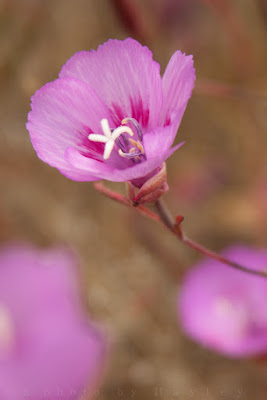Huh? Yeah, that's what it's called, and what it is; except it's also purple, in fact mostly purple, here in Nor Cal. Lupines are nice adornment to any sunny habitat, and this particular species of lupine shrub is abundant enough to paint a whole hillside purple. I do see yellow individuals here and there, so I'll add a photo of those later...
Like most legumes, the lupines are colonizers that like to find disturbed areas and reproduce aggressively. Yellow bush lupine (Lupinus arboreous) is especially good at what it does, so much so, it's considered a native invasive plant in certain sensitive areas, like dunes (Cal-IPC only rates it as moderate).
Lupines are toxic to humans and cattle. So, enjoy them for their looks. Lupines make a good landscaping plant thanks to this toxicity, as the deer avoid them.
These are growing on the bluffs by the Noyo harbor in Fort Bragg. Some of the "bluffs"around Noyo harbor are actually somewhat manmade, after years of piling up material dredged from the river mouth to keep the channel deep enough for boats. It's the perfect place for a weed garden. I like to think these lupines are pretty tough - standing their ground against the insidious pampas grass that dominates the area.
Lupines characteristically have palmate leaves (as shown above.) The leaves of some lupines are adorned with tiny fuzzy hairs that lend a silvery quality to the leaves in the right light. Another species of lupine -
Lupinus albifrons, or silver lupine, is named for this quality.
L. albifrons, by the way, is host to an endangered butterfly called the Mission Blue.



























